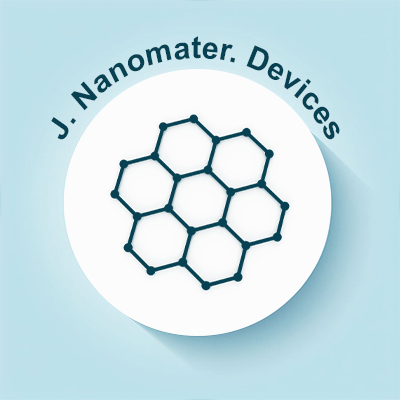
Journal of Nanomaterials and Devices
OPEN ACCESS

OPEN ACCESS
Quantum dots are tiny semiconductor particles so small that the movement of electrons inside them is restricted in all directions. Quantum dots have properties that are a mix of regular semiconductors and individual atoms. Quantum dots can be made in different ways, such as using lithography (a patterning technique), colloidal synthesis (mixing chemicals in a solution to form tiny particles), and epitaxy (growing thin crystal layers on a surface). In lithography, quantum wells are covered with a protective layer and then exposed to a beam of electrons or ions. A thin layer of metal is put on the surface. Then, the surface is cleaned so that only certain parts keep the metal. After that, pillars are carved into the whole surface. Layers are added one by one to reach the desired size and properties. One drawback of lithography is that it gets dirty over time and doesn’t allow for high-density patterns. Epitaxy is of two types: patterned growth and self-organized growth. In patterned growth, a semiconductor material with a smaller bandgap, like GaAs, is grown on the surface of another material with a larger bandgap, like AlGaAs. Growth is limited by covering it with a protective layer of SiO2 and then removing parts of that layer in the shape of the desired crystal cell walls. The downside of this method is that the number of quantum dots is restricted by the mask pattern. The self-organized growth method works when there is a big difference between the spacing of atoms in the substrate and the material that is growing on it. When the crystal layer is thicker than the critical limit, it puts a lot of stress on the layers. The breakdown creates small, evenly shaped islands that are scattered randomly. The drawback of this method is that the shape, size, and order can change unpredictably. Quantum dots are tiny particles with special properties. They are used in solar cells to improve energy capture, in biology for detecting and imaging cells, and in LEDs to produce bright and efficient light. They also play a role in quantum computers, flat-screen displays, memory storage, light sensors, and lasers.